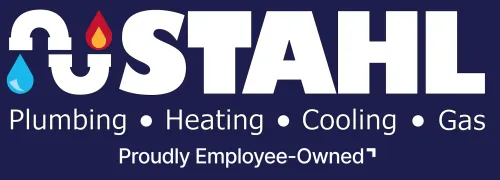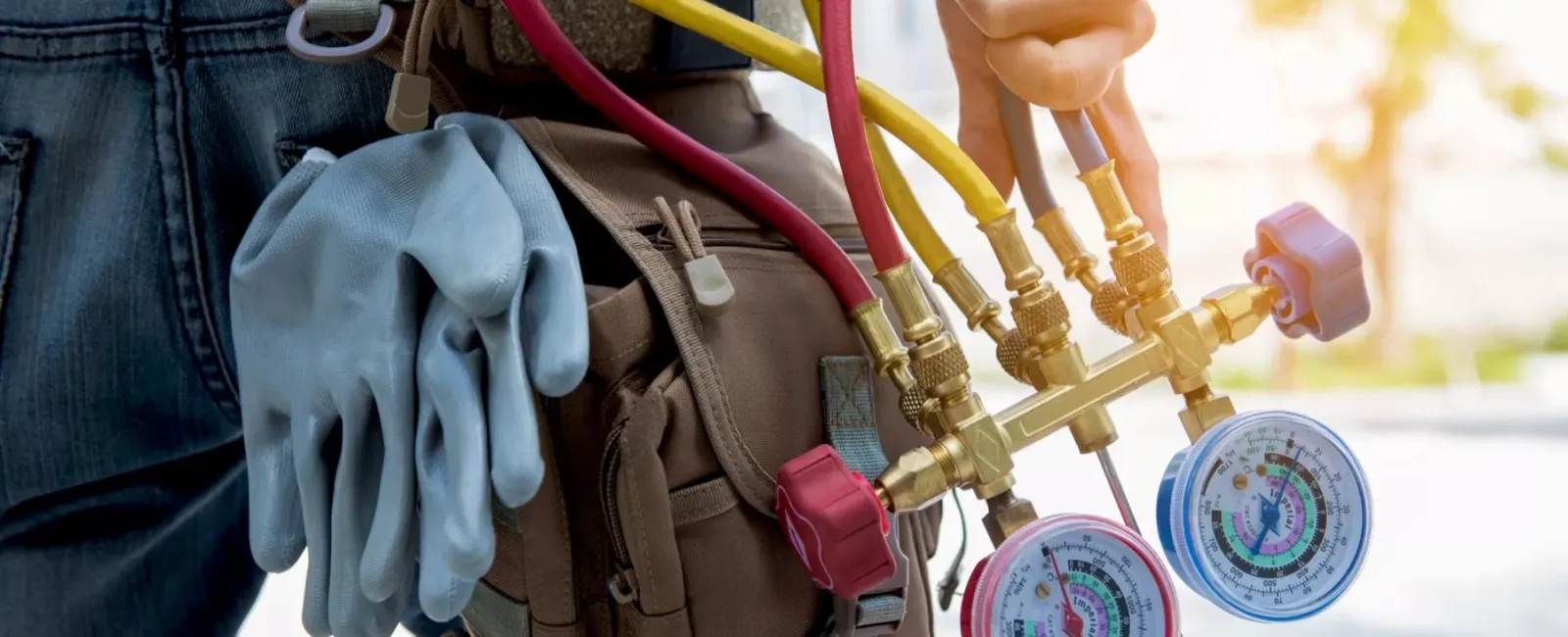When you're considering a water line replacement in your home or business, you probably have concerns about what will happen during this process. This guide will help you know what to expect and how to plan for this process.
The Water Line Replacement Process
- A survey of your structure, plumbing lines, existing trees and utilities helps determine the best way to route a new pipe and what type of water line to use. It also determines whether a full or partial water line replacement is needed. If you're not planning on selling your home, you should choose the best material you can afford, so you can avoid having to repeat the process down the road.
- Excavation is used to reveal the water lines that need to be replaced. If this is a main water line, you may need to have a trench dug to access the line. If it is under a slab foundation, part of the foundation may need to be pulled up to access the line. If it's inside walls, wallboard panels may need to be removed to access the lines.
- Before the water is shut off, turn off your water heater and make sure you have a few necessities on hand. You will want to store some water to use while your water line is shut off—whether it's in containers, a bathtub or other storage devices, having water accessible to you will make the time without go by easier. Also, you may want a bucket for manually flushing the toilet, hand sanitizer and other "niceties" to help you get through the time your water is disconnected. If you do run short on water, you can drain some from the hose fitting and valve at the bottom of your water heater.
- The new pipe is placed and sealed together to the fixtures in your home. Once this part of the process is complete, you can restore water to your home.
- Cleanup begins. Whether it's filling in the trench in your yard, patching and repainting drywall or repairing your slab, this is the last step in the process. Though it may take a little time for grass to grow back or to get the last of the repair work done, you can rest easy knowing you've got great pipes in your home or business again.
Now that you know what to expect, it's time to look into replacing your lines. Please contact us for more information or for a free quote on your project.

